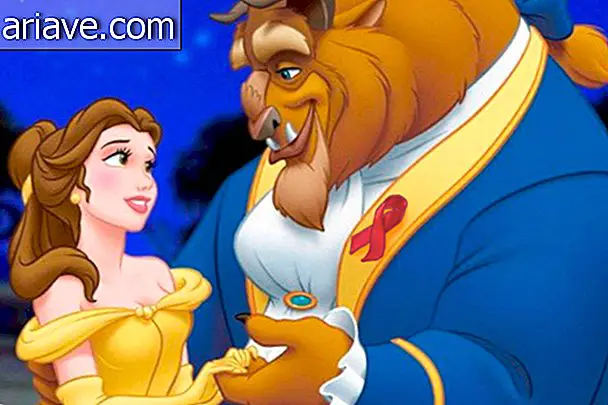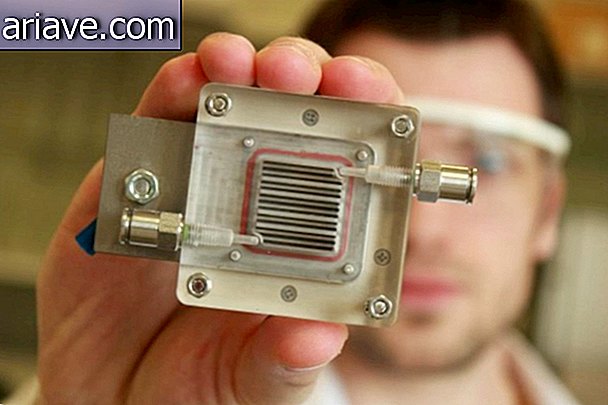Jurassic Park of Birds: Amber Preserved Dinosaur Feathers
Remember in 1993's Jurassic Park, the story begins with a mosquito preserved from prehistoric times? Something like this really happened, but it's dinosaur feathers that are virtually intact and encased in amber. Scientists believe they are 100 million years old!
This week, a study published in the journal Nature Communications brought details of this incredible discovery. The feathers have structures very similar to those of modern birds, both in color and shape. They were found north of Myanmar, Asia, and must have belonged to some kind of enatiornithes, meaning “opposite birds, ” since the bones of their paws are different from today's birds.
X-ray examinations show that fossilized wings contain remnants of skin, muscle and claws, as well as several layers of feathers, which are arranged in a similar fashion to birds today. And although the color of the feathers has turned almost black inside the amber, microscopic analysis shows shades of brown, gray, red, white and silver.

Jewelry Market
To give the story a poetic tone, the smallest of the two samples is being called “Angel” because it was discovered in a Myanmar jewelry store with the nickname “Angel Wings”. This is not uncommon, as it is estimated that 30% of the country's amber market contains some kind of fossil inside - both animal and vegetable.
Also, it is difficult to control the extraction of amber from clandestine mines, so fascinating discoveries like these prehistoric wings end up in informal markets. The news sheds new light on paleontologists' theory that some species of dinosaurs actually had feathers - to this day, much of the evidence is quite limited on this subject.

“The biggest problem we face with amber feathers is that we usually have small isolated fragments or feathers and we are never sure how they got there. The new specimens, on the other hand, feature bones, feathers and soft tissue, allowing paleontologists to see how similar the wings of prehistoric birds are to those of modern specimens, ”explained Ryan McKellar, co-author of the study.
It is good to be clear, however, that it is extremely difficult for amber to preserve the DNA of painful animals. So it's not time to dream about a real Jurassic Park yet, but for dinosaur lovers, it's already a way of imagining that feathered creatures have been around for thousands of centuries.












